I am working on a story app.Where We need to provide quizes. Now I am having a story and there are some blanks or hidden words over that story. Whenever I click over that hidden word,I will get the 4 options to answer that. I tried by placing button over the words,But that would be only when I am using some static position. I just want to know how can I get the frame of that word,which I need to hide ,so that I can place some button over that and can hide this.
You can see the image below.. All answers would be appreciated
All answers would be appreciated
Solution:- This will work after iOS 5 only not below that !
- (CGRect)frameOfTextRange:(NSRange)range inTextView:(UITextView *)textView
{
UITextPosition *beginning = textView.beginningOfDocument;
UITextPosition *start = [textView positionFromPosition:beginning offset:range.location];
UITextPosition *end = [textView positionFromPosition:start offset:range.length];
UITextRange *textRange = [textView textRangeFromPosition:start toPosition:end];
CGRect rect = [textView firstRectForRange:textRange];
return [textView convertRect:rect fromView:textView.textInputView];
}
Thanks
See one more image for errors:
